当前位置:网站首页>Using annotation + interceptor to implement asynchronous execution
Using annotation + interceptor to implement asynchronous execution
2020-11-08 20:18:00 【osc_03803522】
background
You may have used Spring Of @Async annotation , In this way, some methods can be converted into asynchronous execution , In order to improve the response efficiency of the request
But in the continuous evolution of service architecture , This way of dropping into the thread pool processing brings more and more obvious defects :
- It's not good for monitoring
- If it stops unexpectedly , All the unfinished tasks will be lost
- When a node in the cluster has to handle a large number of asynchronous tasks , Can't share the pressure with other nodes in the cluster
- If the project integrates the use of ThreadLocal Feature modules or third-party components , Attention should be paid to the problem of context loss
Ideas
Using message queuing as an implementation of asynchronous tasks , So we can :
- A large number of mature MQ Middleware provides visual management platform , Monitoring is more convenient
- You can use message queuing Header To save the context , Such as user information 、token etc.
- Message queue Publishing - Subscription mode can maximize the business processing capacity of the cluster
- It's easier to ensure the sequence of tasks
- If a service node goes down , You can use the message to confirm 、 Message retrying and other mechanisms ensure the correctness of task execution
Realization
In order to ensure the decoupling of business code and Implementation Scheme , Be similar to @Aync programme , We also use annotations + Interceptor way for logic Injection
@Around("@annotation(org.springframework.amqp.rabbit.annotation.RabbitListener)")
public Object cut(ProceedingJoinPoint pjp) throws Throwable {
...
}The realization idea is similar with little difference , It is to read the queue statement in the annotation to confirm the release - Subscribe to the relationship between , Then replace the drop in thread pool with drop in message queue
private String resolveKey(Queue[] queues) {
String s = this.beanFactory.resolveEmbeddedValue(queues[0].value());
return (String) resolver.evaluate(s, evalContext);
}rabbitTemplate.convertAndSend(resolveKey(queues), args[0]);Inject... Into the message queue Json converter , Convenient object transfer
@Bean
public Jackson2JsonMessageConverter producerJackson2MessageConverter() {
return new Jackson2JsonMessageConverter();
}If necessary , We can put the context of user information 、token Wait for the message to be written Header in
private MessagePostProcessor beforePublishPostProcessor() {
return message -> {
// setting up context to message header
return message;
};
}Called asynchronously service Code :
@Service
@Slf4j
public class DemoService {
@RabbitListener(queuesToDeclare = @Queue("mytestqueue"))
public void checkSome(List<String> tagTuple) {
log.warn("check here {}", tagTuple);
}
}call service Of controller:
@RestController
public class DemoController {
@Autowired
private DemoService demoService;
@RequestMapping("check")
public Integer checkSome() {
ArrayList<String> tagTuple = new ArrayList<>();
tagTuple.add("bar");
tagTuple.add("foo");
demoService.checkSome(tagTuple);
return 0;
}
}
Execute view effect
17:00:14.584TRACE[AbstractHandlerMapping.java:411]Mapped to org.smop.duplex.sample.DemoController#checkSome()
17:00:21.263WARN [DemoService.java:16]check here [bar, foo]
External file operations django Of models
# External files use django Of models, Need configuration django Environmental Science
import os
if __name__ == '__main__':
os.environ.setdefault("DJANGO_SETTINGS_MODULE", "singletablehw.settings")
import django
django.setup()
from app01 import models
import datetime
obj_list = []
for i in range(1,10):
obj = models.Book(
title=' Sunflower dictionary No %s type '%i,
price=20 + i,
pub_date='198%s-11-11 00:00:00'%i,
# pub_date=datetime.datetime.now(),
publish= ' Boss Wu Publishing House ' if i < 5 else ' Taibai Publishing House ',
)
obj_list.append(obj)
models.Book.objects.bulk_create(obj_list)
url Alias reverse resolution
# Add books
url(r'^add_book/', views.add_book,name='abook'), #name='abook' Alias
# Delete books
url(r'^delete_book/(\d+)/', views.delele_book,name='delete_book'),
View :
from django.urls import reverse
reverse(' Alias ') reverse('abook') -- /add_book/ # No parameters
print(reverse('delete_book',args=(71,))) #/delete_book/71/ Parameterized
Templates :
{% url 'abook' %} No parameters
{% url 'delete_book' book.id %} Parametric
版权声明
本文为[osc_03803522]所创,转载请带上原文链接,感谢
边栏推荐
- 进程 线程 协程
- Interesting article sharing: what is the difference between C language and C + +, C?
- Dynamic programming: maximum subarray
- npm install 无响应解决方案
- IT industry salary has been far ahead! Ten years later, is the programmer still a high paying profession?
- Not a programmer, code can't be too ugly! The official writing standard of Python: pep8 everyone should know
- Mongodb add delete modify query operation
- Looking for better dynamic getter and setter solutions
- Summary: in October, more investment management strategies have come to the new overseas defi project!
- Your random IO hard disk
猜你喜欢

SQL quick query
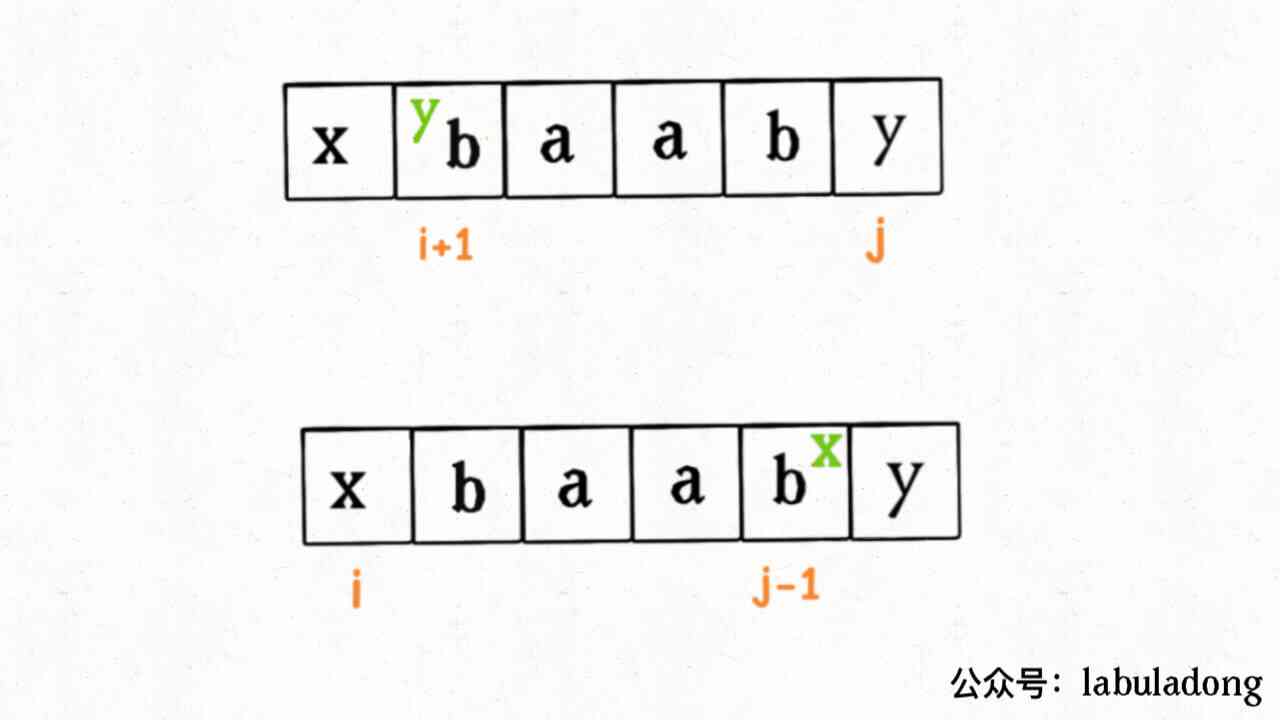
构造回文的最小插入次数

C + + opencv4.3 sift matching
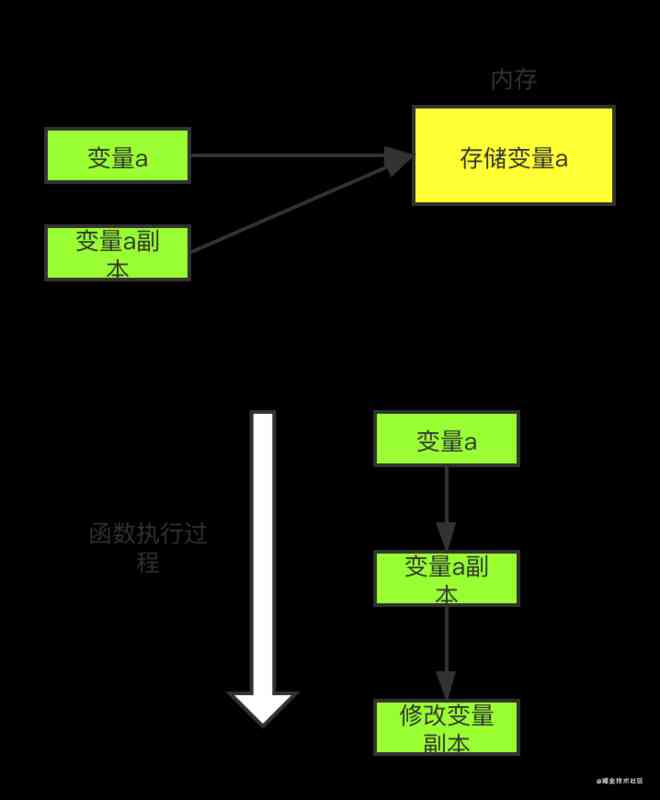
Is parameter passing in go language transfer value or reference?
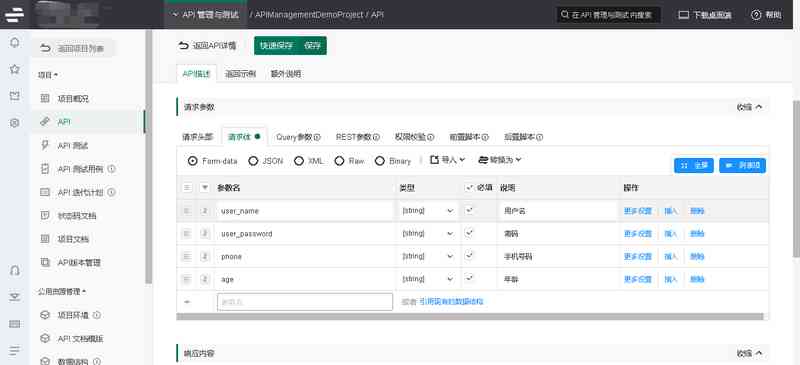
Summary of interface test case ideas
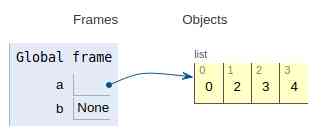
11 important operations of Python list
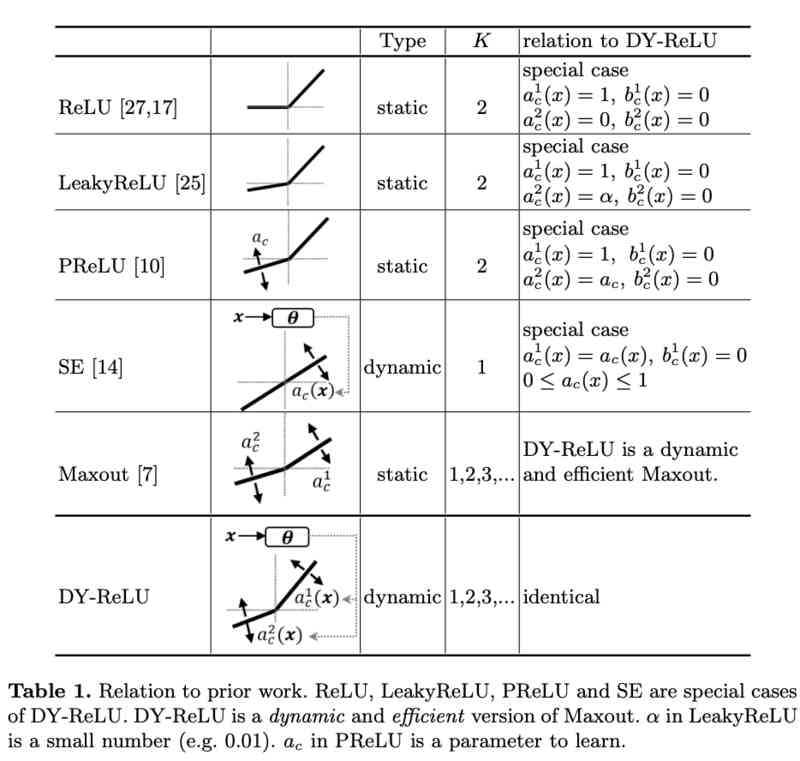
Dynamic relu: Microsoft's refreshing device may be the best relu improvement | ECCV 2020

WordPress网站程序和数据库定时备份到七牛云图文教程

实验

C / C + + knowledge sharing: function pointer and pointer function, can you understand after reading this article?
随机推荐
CMS垃圾收集器
后缀表达式转中缀表达式
The interface testing tool eolinker makes post request
Part 1 - Chapter 2 pointer operation
Simple process of reading pictures by QT program developed by Python
How much faster is a server equipped with a SSD than a mechanical hard disk
Mycat搭建
第五章
Five design schemes of singleton mode
The minimum insertion times of palindrome
Dynamic planning
动态规划之子序列问题解题模板
Opencv solves the problem of ippicv download failure_ 2019_ lnx_ intel64_ general_ 20180723.tgz offline Download
Solve the failure of go get download package
中缀表达式转后缀表达式
解决IE、firefox浏览器下JS的new Date()的值为Invalid Date、NaN-NaN的问题
RSA非对称加密算法
PHP generates unique strings
EntityFramework Core上下文实例池原理分析
Not a programmer, code can't be too ugly! The official writing standard of Python: pep8 everyone should know